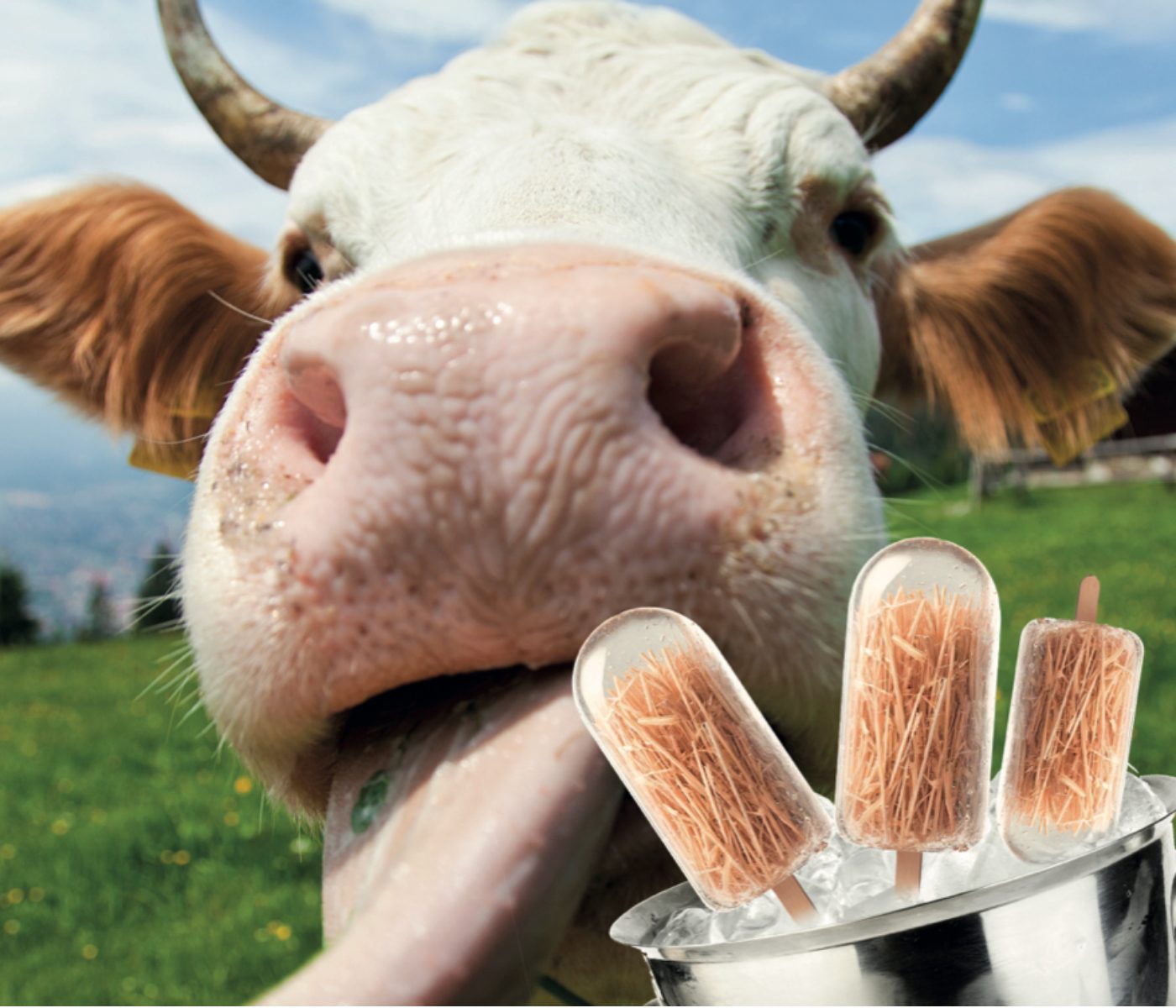 25 Jul 2025
25 Jul 2025
Nutritional strategies to mitigate heat stress in dairy cows
Heat stress is one of the main factors affecting productivity and animal welfare, with dairy cattle—especially high genetic merit cows—being particularly sensitive.

According to Yousef (1985), the ideal temperature for cows varies depending on the type of animal and its condition, but it is generally considered that for dairy cows, it falls within the range of 5°C to 24°C.
When cows are kept within this range, they do not need to expend extra energy to maintain their body temperature, which maximizes comfort and productivity.
Thermal comfort is also influenced by ambient humidity, which can worsen heat stress conditions.
Under high-temperature conditions, the energy requirements of cattle increase due to the greater energy expenditure needed to dissipate body heat.
When a cow is under heat stress, the first sign is a decrease in Dry Matter Intake (DMI). In addition, the animals remain standing, rumination decreases, respiratory rate increases, and in some cases, they pant and drool excessively.
As a consequence, the cow presents:
![]() Reduction in Dry Matter Intake (DMI).
Reduction in Dry Matter Intake (DMI).
![]() Decrease in milk production.
Decrease in milk production.
![]() Reduced milk solids production.
Reduced milk solids production.
![]() Lower reproductive performance.
Lower reproductive performance.
![]() Increased incidence of retained placenta, metritis, and laminitis.
Increased incidence of retained placenta, metritis, and laminitis.
![]() In dry cows, there is reduced fetal development and possibly lower milk production in the following lactation (La Manna et al., 2014)
In dry cows, there is reduced fetal development and possibly lower milk production in the following lactation (La Manna et al., 2014)
Besides the decrease in Dry Matter Intake (DMI) and milk production, heat stress causes immune system dysfunction, making animals more susceptible to diseases.
Taking into account that production can drop by 35–40% (Ding et al., 2022) and that, as recently demonstrated, if the cow is pregnant, the future production of her offspring will also be affected, it is worthwhile to pay attention to the problem of heat stress and implement measures to prevent it.
Heat increase 
Heat increment is defined as the energy expenditure associated with the digestion and assimilation of food. Cows have several methods to dissipate heat, including reducing feed intake, which leads to a corresponding decrease in heat production linked to ruminal fermentation and metabolic processes within the body.
 In dairy cows, under heat stress conditions, Dry Matter Intake (DMI) begins to decline from 25°C, with an abrupt drop starting at 30°C, especially when relative humidity exceeds 50%.
In dairy cows, under heat stress conditions, Dry Matter Intake (DMI) begins to decline from 25°C, with an abrupt drop starting at 30°C, especially when relative humidity exceeds 50%.
Other factors such as solar radiation, wind speed, diet digestibility, production level, etc., also influence the decline in Dry Matter Intake (DMI), which has a direct impact on milk production.
The provision of easily digestible feed helps to counteract the heat increment generated by ruminal fermentation, but it also reduces rumination time. This situation, combined with an increase in salivation to dissipate heat, often ends up causing Subacute Chronic Acidosis. Since heat generation varies according to different nutrients, there is the possibility of formulating diets that produce a lower heat increment.
Diet formulation
It is necessary to reformulate diets to achieve an adequate nutrient density that meets the recommended requirements for this species.
Fiber
Usually, in summer diets, the crude fiber content is reduced to avoid the heat generated by fermentation. However, this type of ration must be implemented cautiously due to the ruminants’ need for a sufficient fiber content to promote rumination and ensure ruminal health and animal welfare.
![]() Fiber must be of good quality to ensure high digestibility, allowing the production of Volatile Fatty Acids (VFAs) without generating excessive fermentation heat.
Fiber must be of good quality to ensure high digestibility, allowing the production of Volatile Fatty Acids (VFAs) without generating excessive fermentation heat.
![]() The contribution of Neutral Detergent Fiber (NDF) should constitute 28–32% of the total ration. High-quality NDF sources include well-preserved forages and fibrous by-products.
The contribution of Neutral Detergent Fiber (NDF) should constitute 28–32% of the total ration. High-quality NDF sources include well-preserved forages and fibrous by-products.
![]() Fiber length should not be excessive to allow a higher ruminal passage rate and prevent selective feeding, but it also should not be shorter than 2.5 cm to stimulate rumination and saliva production, thereby maintaining an adequate ruminal pH.
Fiber length should not be excessive to allow a higher ruminal passage rate and prevent selective feeding, but it also should not be shorter than 2.5 cm to stimulate rumination and saliva production, thereby maintaining an adequate ruminal pH.
Starch
Under heat stress conditions, it is essential not to overload the ration with starch, as an excess can lead to subacute ruminal acidosis. A valid option is the combination of cereals with different fermentation rates.
![]() Ideally, the starch content in the diet should be between 20–25% of the dry matter.
Ideally, the starch content in the diet should be between 20–25% of the dry matter.
Proteins
Excess protein can decrease productive efficiency, since nitrogen that exceeds requirements must be metabolized and excreted as urea in the urine, which requires additional energy. The supply of protected amino acids, which are not degraded by rumen bacteria, and bypass protein play an important role in the nutrition of cows under heat stress conditions.
Lipids
The use of fats in the diet of dairy cows subjected to heat stress is highly recommended to compensate for the reduction in starch and to increase the energy level of the diet. However, it should be noted that the total lipid percentage in the diet should not exceed 5–7%.
Minerals
As a consequence of the reduction in voluntary intake due to heat stress, the intake of essential minerals also decreases.
![]() Increasing the mineral concentrations in the diet is a strategy to compensate for the reduction in Dry Matter Intake (DMI) and thus meet the requirements. Additionally, the requirements for some minerals, such as potassium and sodium, increase under these conditions.
Increasing the mineral concentrations in the diet is a strategy to compensate for the reduction in Dry Matter Intake (DMI) and thus meet the requirements. Additionally, the requirements for some minerals, such as potassium and sodium, increase under these conditions.
Additives
Some additives, such as sodium bicarbonate, live yeasts, and other buffers, can help maintain ruminal health and improve feed efficiency under heat stress conditions.
Feeding management ![]()
The main objective of feeding management should be to stimulate feed intake, since, as mentioned earlier, it is the first sign observed in a cow suffering from heat stress. In this regard, there are several key points to consider:
Frequent feeding
Here is the translated text with important parts in bold:
![]() When feed remains in the troughs for several hours and the ambient temperature is high, it is likely to deteriorate quickly, causing cows to refuse to consume it.
When feed remains in the troughs for several hours and the ambient temperature is high, it is likely to deteriorate quickly, causing cows to refuse to consume it.
![]() Dividing the daily ration into multiple feedings ensures that the feed is fresh. Delivering feed stimulates appetite and intake in cows.
Dividing the daily ration into multiple feedings ensures that the feed is fresh. Delivering feed stimulates appetite and intake in cows.
Availability of fresh water
Water sources should always provide clean, fresh water. It’s important to have water accessible in holding areas and alleys. Regular checks on waterers are crucial to guarantee a consistent and sufficient water supply.
Feeding schedules
During hot periods, cows tend to consume more feed during the cooler hours of the day (at dusk and early morning). Knowing that the rumen reaches its peak heat production 3–4 hours after feeding, it is important to schedule feeding times so that the period of highest ruminal fermentation does not coincide with high ambient temperatures.
For example, a cow fed at 8 a.m. may reach its fermentation peak at midday, when temperatures are very high. In contrast, a cow fed at 5 p.m. will reach the fermentation peak around 9 p.m., allowing it to dissipate excess body heat in a cooler environment.
Daily monitoring
Constant monitoring of the following parameters is vital to quickly detect and correct any problems that may arise:
![]() Milk production and composition.
Milk production and composition.
![]() Dry matter intake (DMI).
Dry matter intake (DMI).
![]() Fecal consistency.
Fecal consistency.
![]() Animal behavior.
Animal behavior.
Maintaining Dry Matter Intake (DMI) is fundamental for milk production, but it is not the only determining factor to ensure the continuity of milk volume produced.
![]() Therefore, measures should be adopted—such as providing ample shade, sprinklers, fans, and avoiding long walks during the hottest hours, among others—to ensure the welfare of the animals.
Therefore, measures should be adopted—such as providing ample shade, sprinklers, fans, and avoiding long walks during the hottest hours, among others—to ensure the welfare of the animals.
Subscribe now to the technical magazine of animal nutrition
AUTHORS
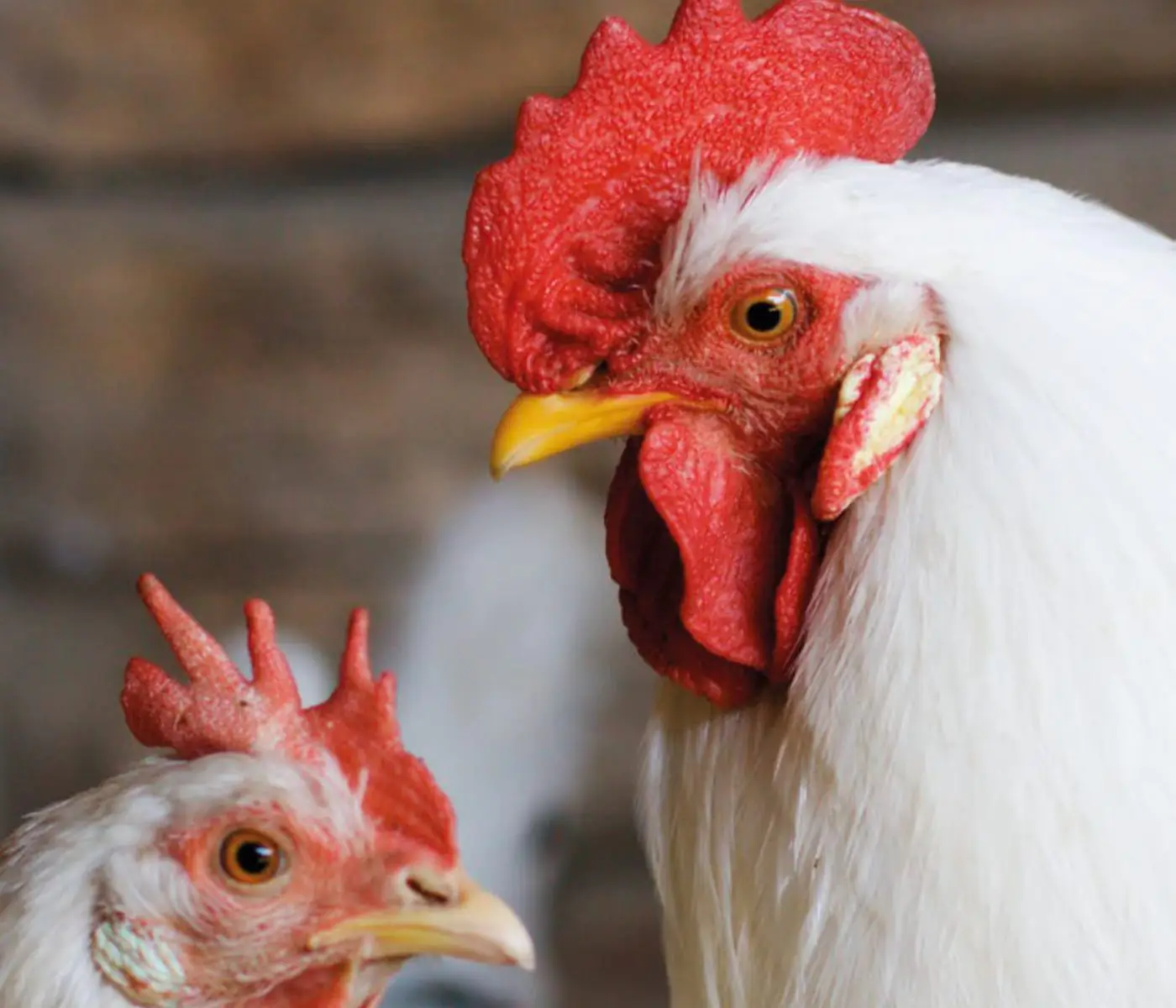
Nutritional Interventions to Improve Fertility in Male Broiler Breeders
Edgar Oviedo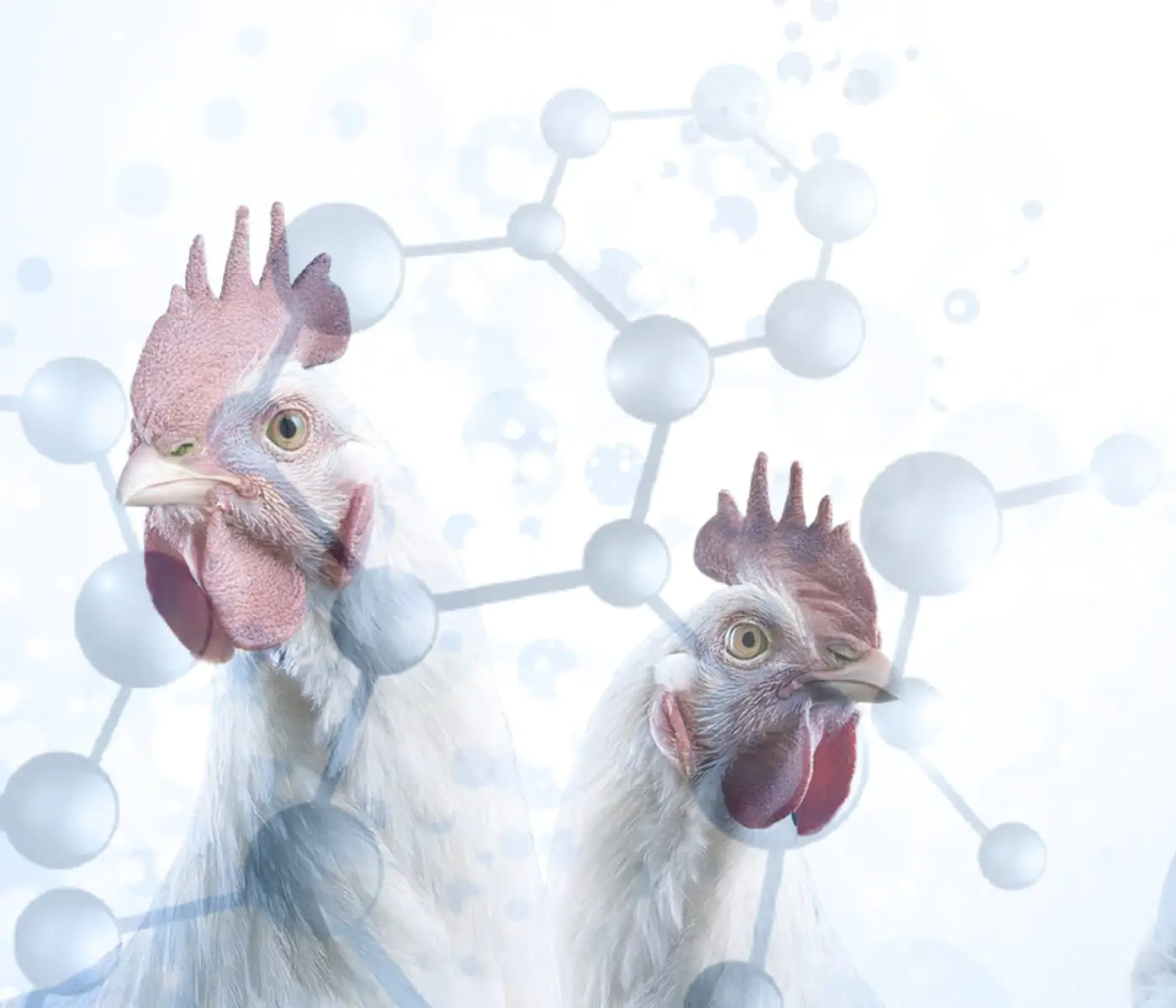
The Use of Organic Acids in Poultry: A Natural Path to Health and Productivity
M. Naeem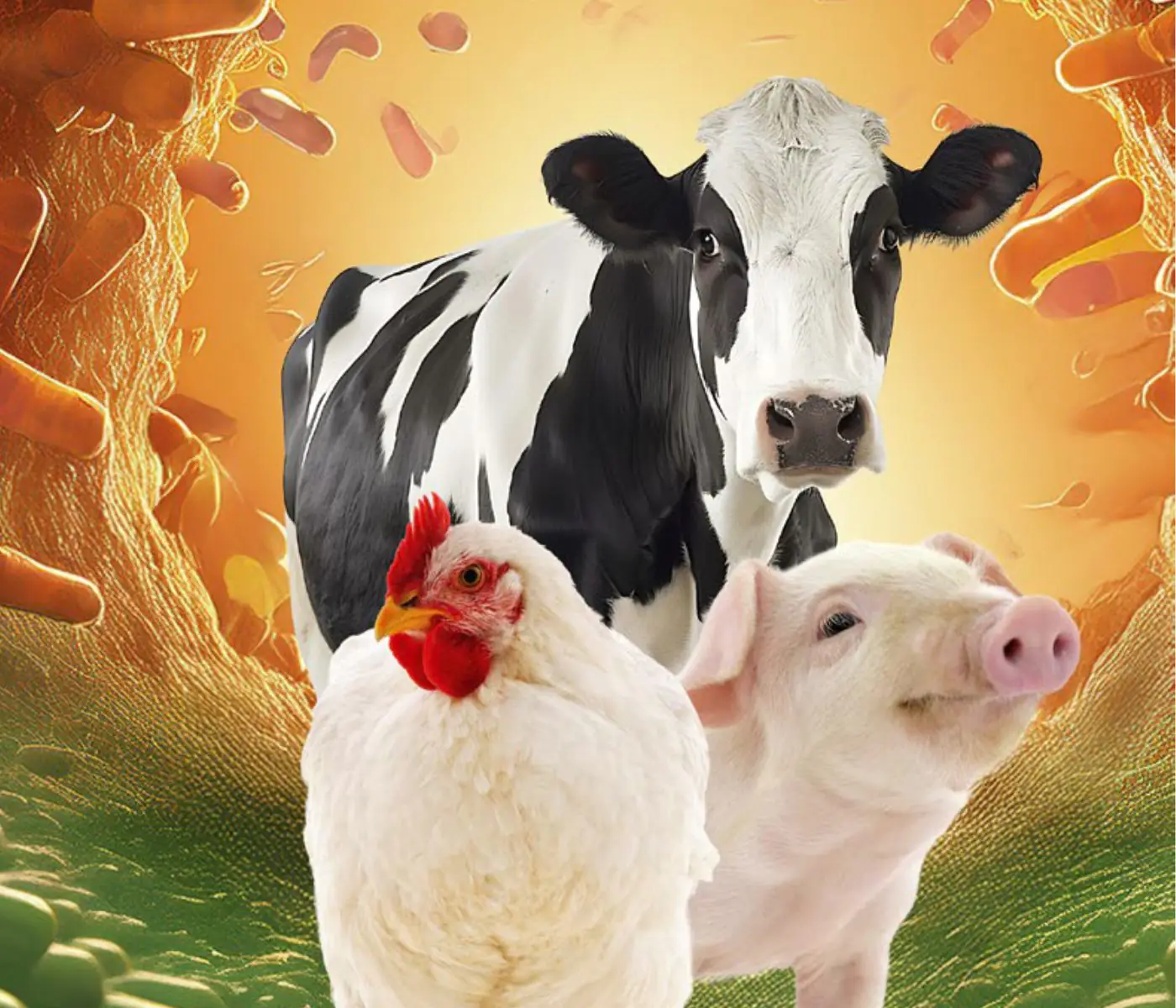
Synergistic Benefits of Prebiotics and Probiotics in Poultry, Swine, and Cattle
Gustavo Adolfo Quintana-Ospina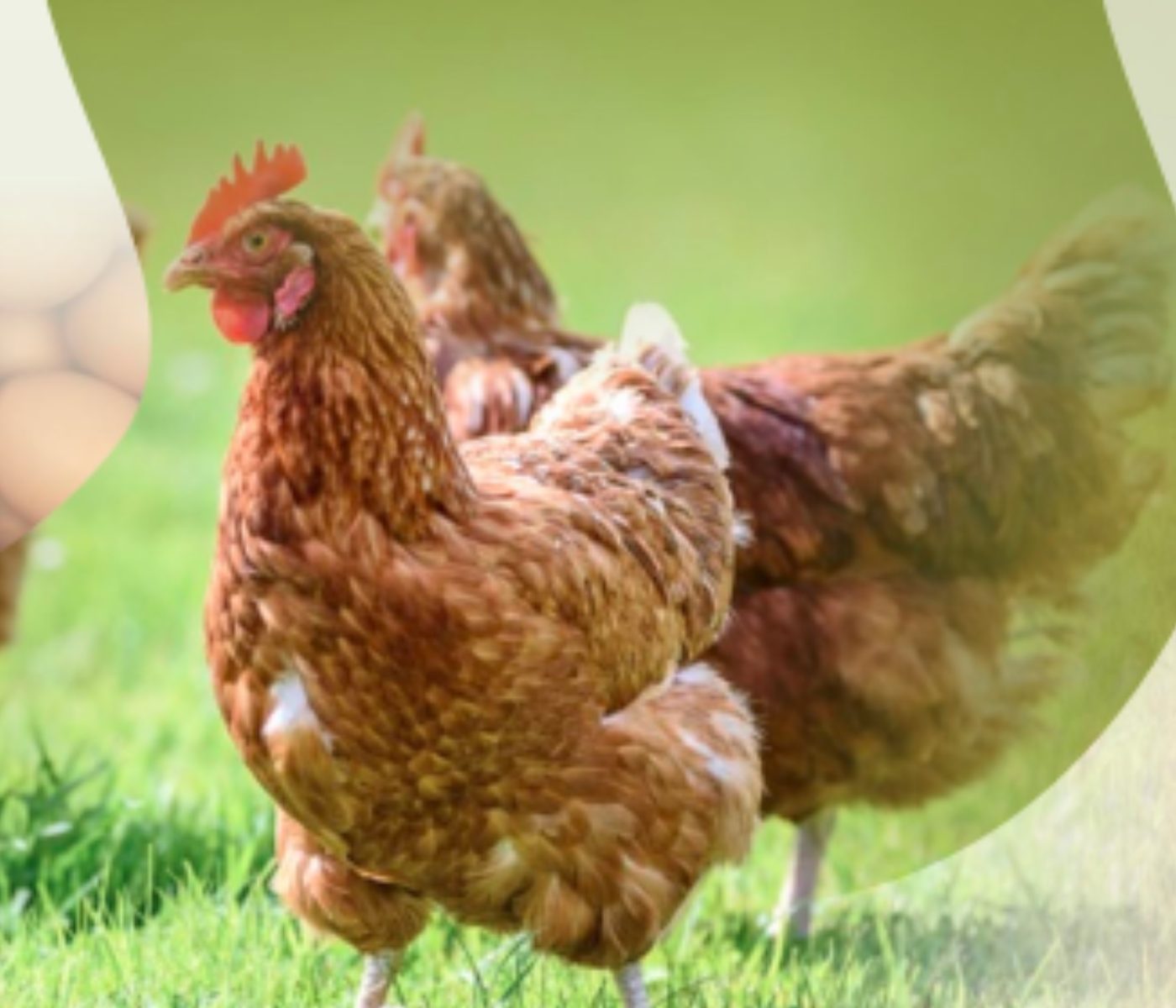
Hybrid Rye Potential in Laying Hen Feed Rations
Gwendolyn Jones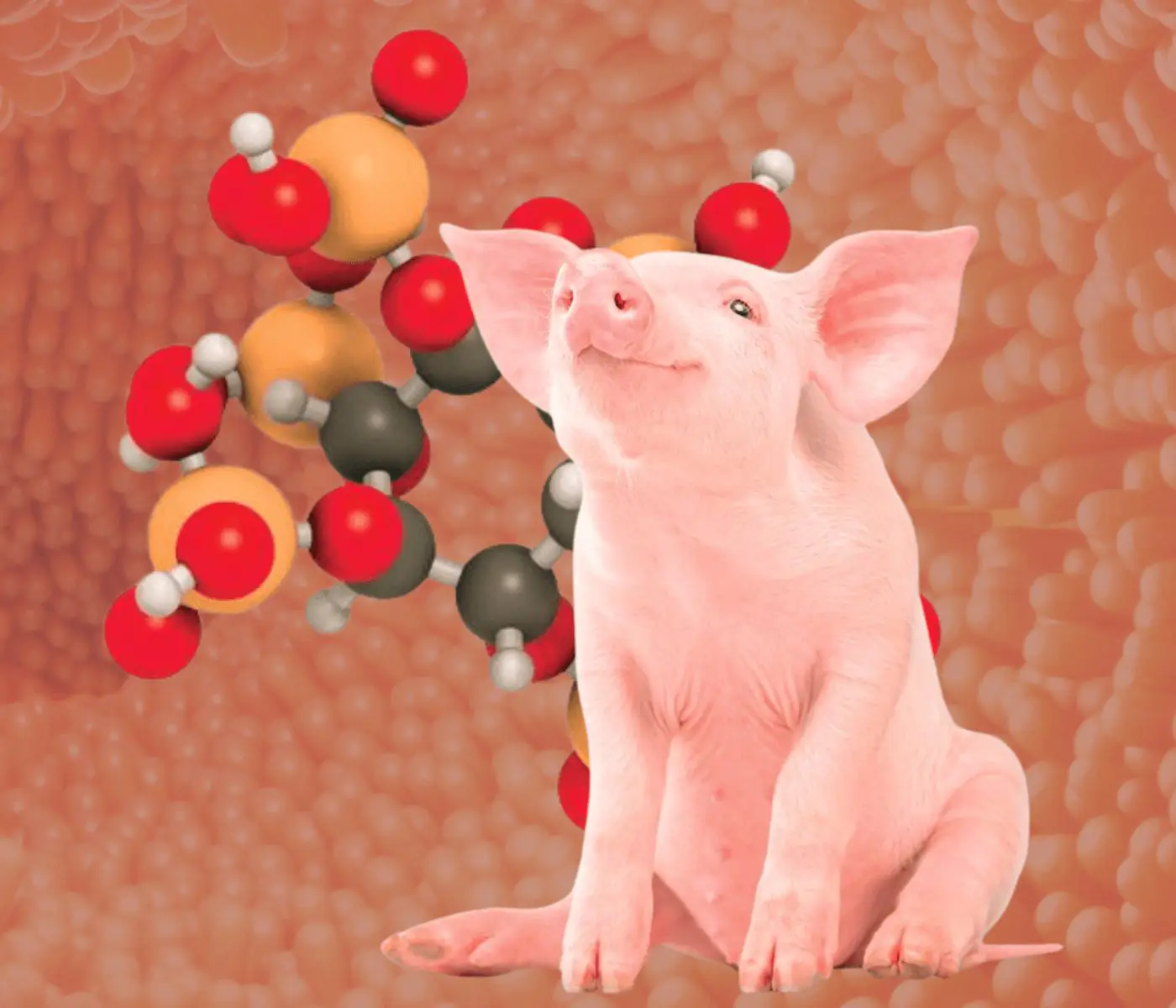
A day in the life of phosphorus in pigs: Part I
Rafael Duran Giménez-Rico
Use of enzymes in diets for ruminants
Braulio de la Calle Campos
Minerals and Hoof Health in the Pregnant Sow
Juan Gabriel Espino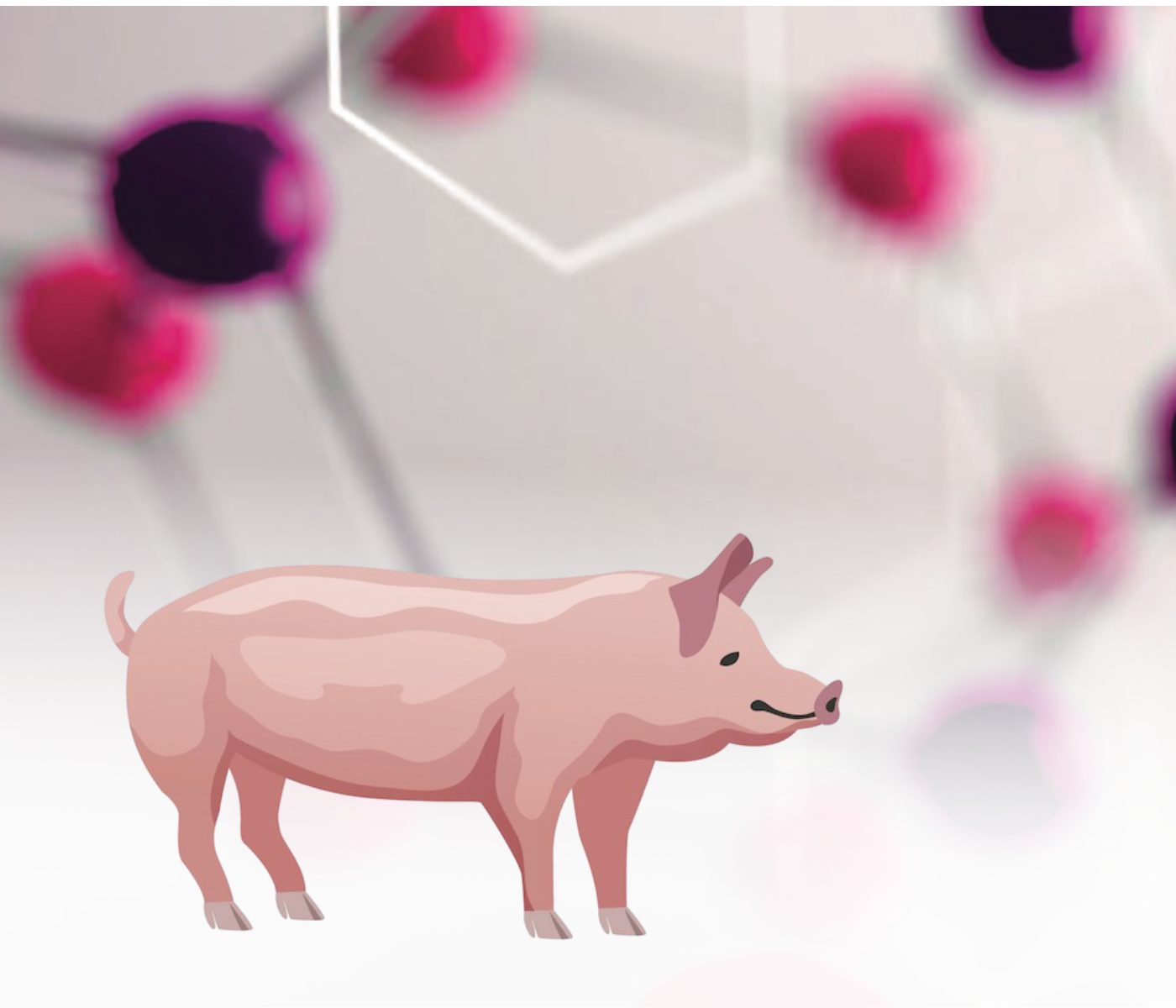
Impact of Oxidized Fats on Swine Reproduction and Offspring
Maria Alejandra Perez Alvarado